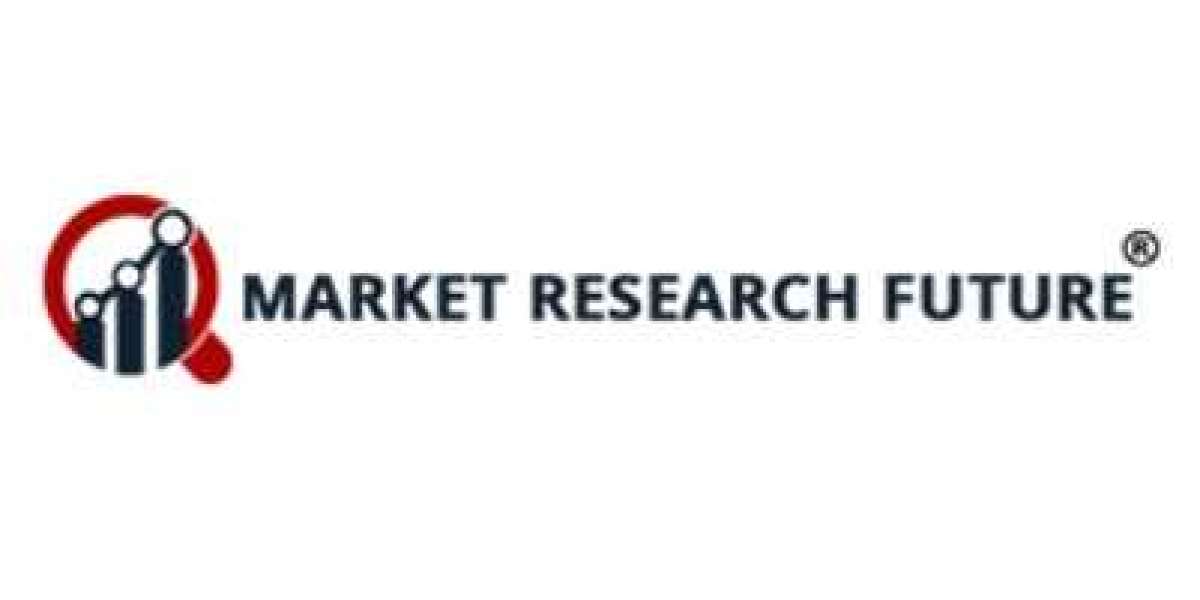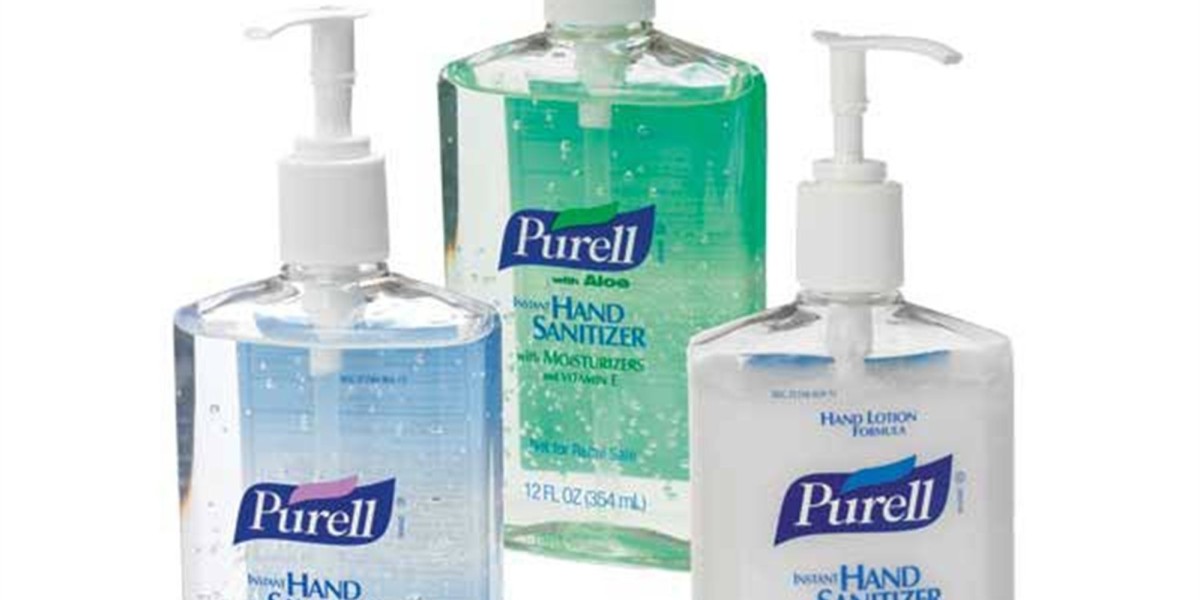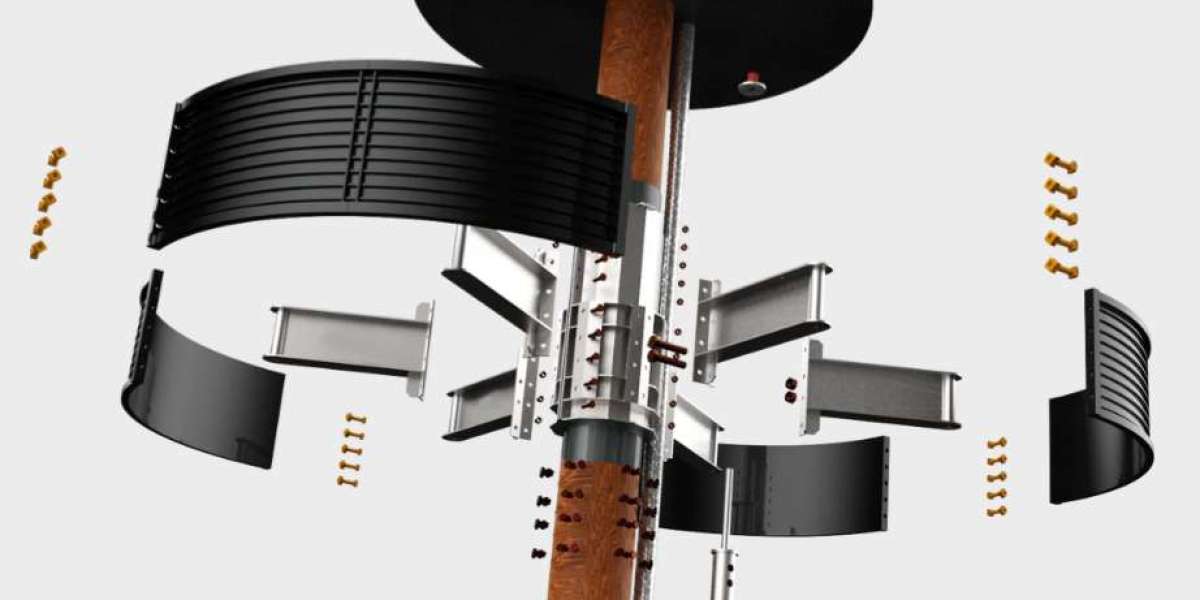Several solutions are becoming vital in aiding manufacturing companies to achieve their goals related to current requirements in products and production processes. One of the key solutions is the use of bonding sheets for attaching different parts of the products at the time of assembly or repair work.
What is a Bonding Sheet?
A bonding sheet, also known as sheet adhesive, is a film or sheet with adhesives coated on them. Their primary use is to bond flexible inner layers as well as rigid cap layers in multilayer lamination. The bonding sheets are generally available with detachable paper, which can be removed at the time of application.
The paper coating is used to prevent early adhesion of the bonding sheet. These bonding sheets can be easily used by any individual. Bonding sheets can be used for residential or commercial purposes. However, based on the adhesive material used for making bonding sheets, their application varies.
The common adhesive form found in most bonding sheets is a simple contact chemical made from natural materials such as rubber or with the use of artificial methods. Acrylic adhesives, Polyimides adhesives, epoxies adhesives, and polyester adhesives are common materials used in bonding sheets.
Bonding Sheets vs. Liquid Adhesives
Adhesives can be directly used in liquid format for forming the required surface bonds. The liquid adhesives provide stronger and longer-lasting bonds. Whereas bonding sheets have bonds distributed all over the surface. The adhesive thickness is uniform on the bonding sheets; hence, it provides stronger coverage of adhesion.
The other major difference between liquid adhesives and sheet adhesives is that the former takes time to dry; only when the solvent evaporates, an efficient bond can be established between surfaces. On the other hand, the sheet adhesives form stronger bonds as soon as they are applied to the surface. Some bonding sheets are made with pressure sensitive adhesives material; with the application of some pressure, the bond is formed.
Liquid adhesives are more flexible in comparison to bonding sheets, as they are positionable as per the requirements. However, the application of the liquid form can be messy and time-consuming. They require specialized equipment as well as focused efforts to ensure that it is applied on the surface in a balanced manner.
The bonding sheets make it easy and safe to attach structural and non-structural parts. Some liquid adhesives may expose workers to poisonous elements, but in the case of bonding sheet application, this risk is eliminated.
Why Bonding Sheets Are Becoming Essential
The consumer demand for various industrial products, including electronics, smartphones, and automobiles, among others, is growing all over the world. The usage of bonding sheets is allowing manufacturers to make products with compact designs and avoid the unnecessary use of bolts, rivets, and welding.
Greater design flexibility can be achieved with the help of bonding sheets. The trend of making lightweight, easy-to-handle electronics is boosting the application of adhesive sheets in different applications. Industries like semiconductors and automotive are vastly benefiting from the use of adhesives in their product manufacturing.
Moreover, bonding sheets also enable savings in cost as operations such as repair or enhancement can easily be carried out within a short time. The bonding sheet can be cut and fitted as per the surface size. This is an advantageous solution in the construction industry, owing to rising customized design demands from customers.
Bonding Sheet Market Insights
Some of the key players in the market are Arisawa Manufacturing Co.; NIKKAN INDUSTRIES Co., Ltd.; DuPont; Dexerials Corporation; Showa Denko Materials Co., Ltd.; Nitto Denko Corporation; and Toray Industries, Inc., among others. These market players are focused on providing highly flexible bonding sheet solutions to different end-user industries to facilitate strong and long-lasting adhesions in their product manufacturing.
The growing adoption of rapid manufacturing and repair solutions is increasing the demand for bonding sheets in industries including electronics/optoelectronics, construction, and automotive. The use of adhesive sheets enables cost savings while delivering high-quality, efficient products to customers.
With the above trends and emerging opportunities in various sectors, the bonding sheet market size is expected to reach around USD 555 million by 2030, up from around USD 384 million in 2021. According to the research, the anticipated compound annual growth rate of the market is 7.5% in the coming years.




